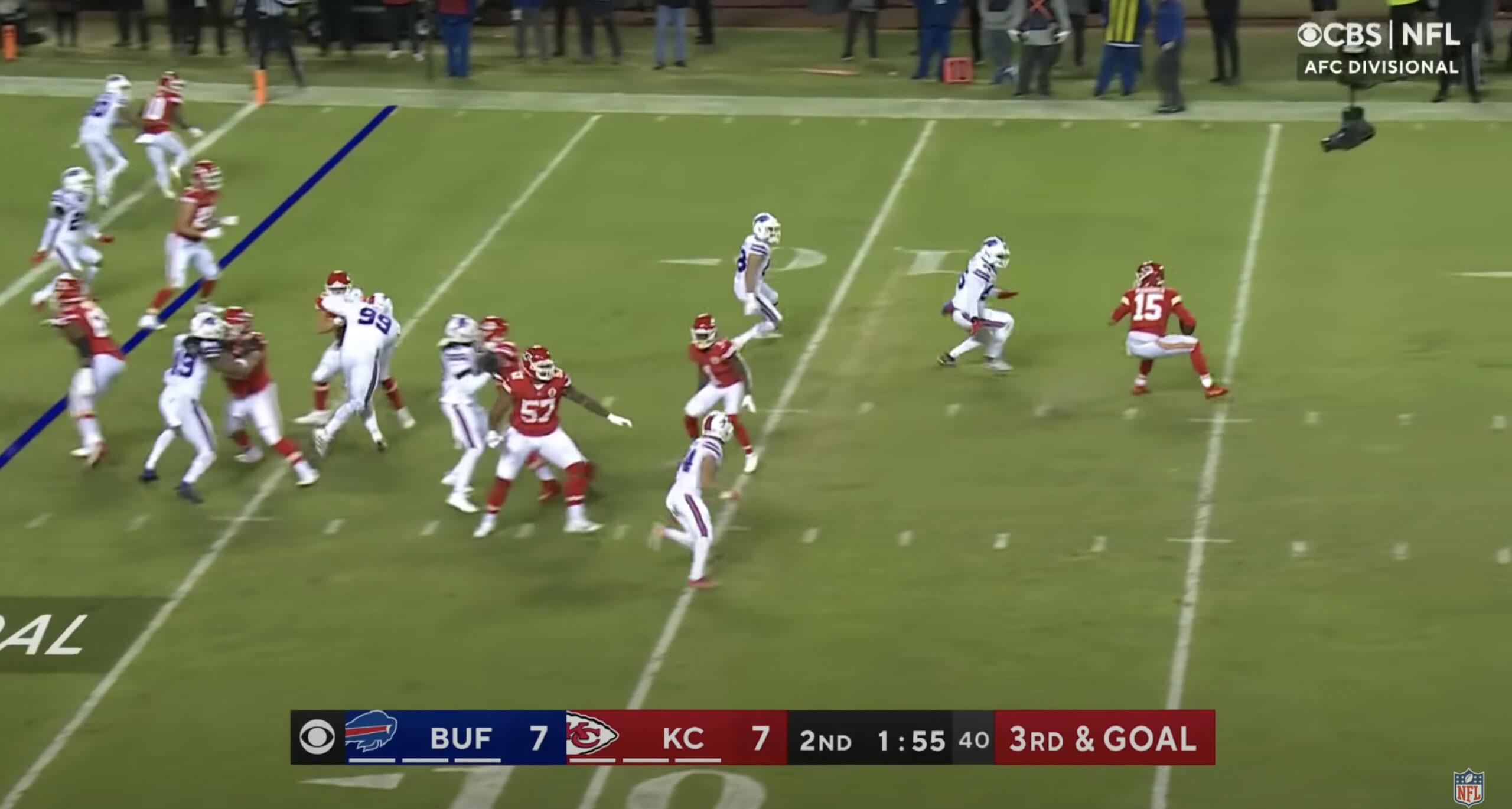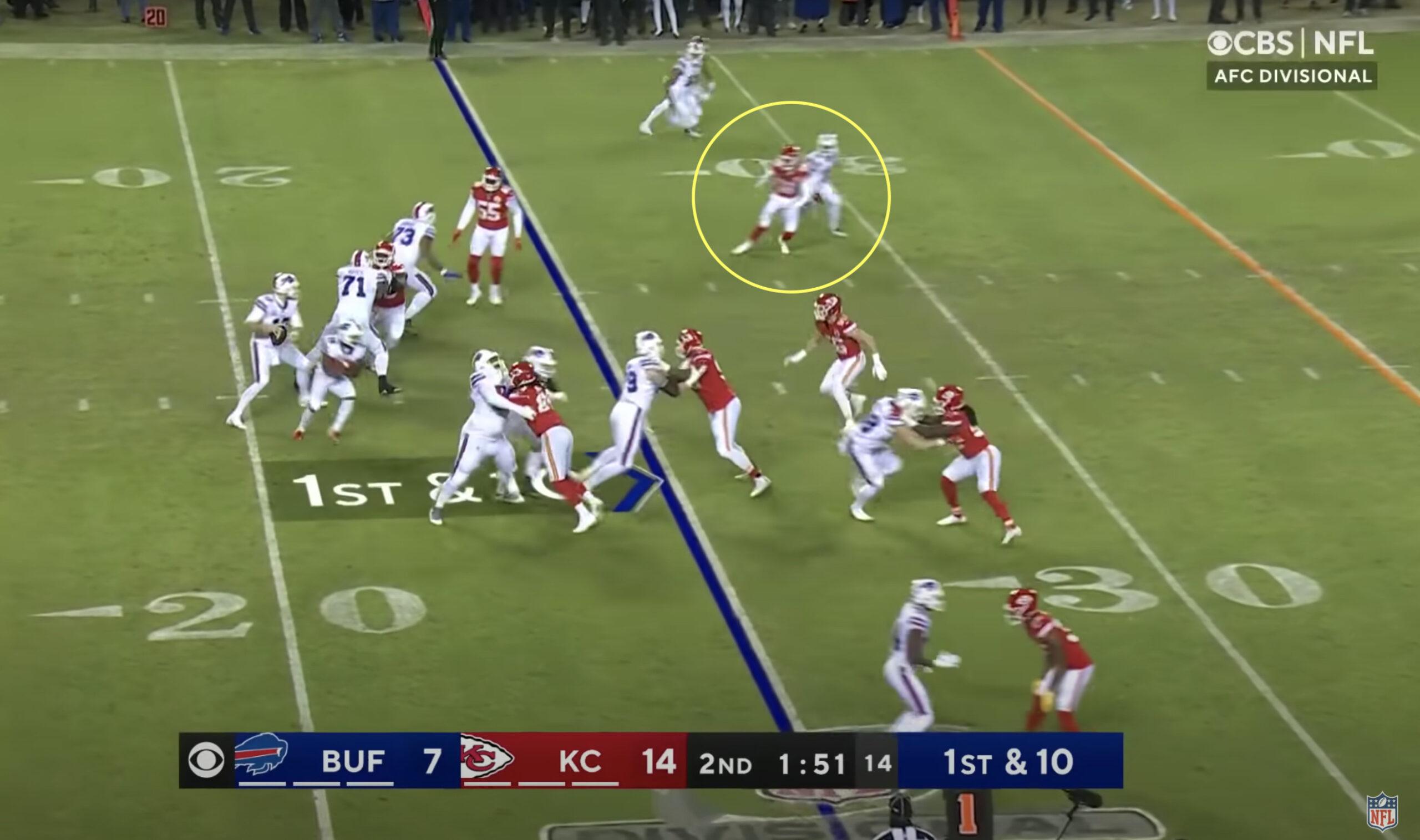In April 2003, a Russian oligarch named Roman Abramovich attended a Champions League quarterfinal match between Real Madrid and Manchester United. It was a thrilling game, with two of the richest (and most talented) clubs in the world combining for seven goals over the course of a stunning 90-minute match. Abramovich was not a soccer fan, but he’d previously considered buying a club of his own. And he was so enthralled with what he had seen that night at Old Trafford that he sped up the process. Two months later, he finalized his takeover of Chelsea and, after pouring hundreds of millions into upgrading the squad, promptly turned the London outfit into an international power that would go on to win two Champions League titles over the next two decades. His success as Chelsea’s owner inspired other magnates to invest in clubs around Europe, leading to the rise of big-spending powerhouses like Manchester City and Paris Saint-Germain.
“It was a truly beautiful game,” Abramovich said of the match that convinced him to buy his way into the soccer world and change it for good.
And that description also perfectly applies to what we saw on Sunday night: The two best (and most entertaining) teams in the NFL reaching for—and finding—their absolute apex.
Now, I don’t know that the Chiefs’ thrilling 42-36 overtime win over the Bills will convince a European billionaire to buy an NFL franchise. But the performances of Patrick Mahomes and Josh Allen could certainly change the way teams view the quarterback position. What those two accomplished in this game felt like a step in the evolution of the position—or, at the very least, an evolution in what we expect out of the league’s truly elite quarterbacks.
I mean, where do we start with these two? How about the numbers? Allen threw for 329 yards and four touchdowns on 37 attempts while tacking on another 68 yards as a runner. Mahomes racked up 378 passing yards with three touchdowns on 44 attempts, and his seven rushes added another 69 yards and a score. There wasn’t much separating the two performances. And advanced metrics paint a similar picture:

As gaudy as the numbers are, the highlights are even more stunning. These two players pushed the limits of what a quarterback is supposed to be able to do—and each did it in his own way. This two-play sequence sums it up pretty well. The first is a third-down play in the red zone for Kansas City. Mahomes fakes a rollout before doing a 180-degree turn right into two unblocked defenders. It was a busted play that would have forced a throwaway from 99.9 percent of quarterbacks …

But not this one. Instead, Mahomes calmly plants his feet, keeps his eyes downfield and spots a relatively open Byron Pringle running across the end zone. Now, finding an outlet was the easy part; actually getting him the ball would require some ingenuity. Here’s what the Chiefs star did next:
Just your typical, run-of-the-mill 20-yard jump pass while under pressure. No biggie.
On the next offensive snap, Allen responded to Mahomes’s “I am the only human capable of making this throw” with one of his own. The Bills quarterback pulls the ball on a run-pass option only to see his pass option, Cole Beasley, covered up by a Chiefs defender. Here’s a still of the moment Allen looks up after carrying out the run fake:

There is no window there. Getting the ball to Beasley would require a physics-defying throw. But Allen didn’t have a choice—so he told Euclid to eat shit and fired that sucker in there anyway.
The wildest part about this game is that neither play cracked the top 10 in the highlights. That’s how impressive this quarterback duel was. The last three minutes of regulation alone provided enough of a spark to power a small Missouri town for a month.
Allen kicked off crunch time with an impossible fourth-down scramble.
Four plays later, he fired a missile that knocked over a wide-open Gabriel Davis in the end zone for the go-ahead score. But before you could even catch your breath, Allen did this on the two-point point conversion try.
If that happens to me in Madden, I’m quitting the game immediately and possibly throwing a controller. But Mahomes didn’t even blink. On the ensuing drive, he launched a perfectly placed strike that allowed Tyreek Hill to quickly turn up field and run past the entire Bills secondary on his way to score.
The Bills got the ball back with only 62 seconds left on the clock, but Allen would need only 49 to throw the go-ahead touchdown, another strike to Davis with 13 seconds left.
That looked like the game-winner. It wasn’t. Mahomes took over at his own 25-yard line needing about 40 yards to get into field goal range. Two plays and 10 seconds later, the Chiefs were setting up for the game-tying score. You know what happened from there. Harrison Butker made that kick to force overtime, the Chiefs won the toss, and Mahomes promptly marched the Chiefs down the field for the game-winning touchdown.
It was a perfect game of football (minus an ending that felt incomplete with Allen not getting a chance to answer). And though nothing about these quarterbacks’ performances felt real, nothing about them felt fluky, either. These were two metahumans playing to the best of their ability, and the other 20 players on the field were powerless to stop them.
It’s not like Mahomes and Allen were playing in ideal conditions, either. The Chiefs offensive line allowed pressure on 39.6 percent of the team’s pass plays, according to Pro Football Focus. But it didn’t matter—Mahomes finished with better numbers under pressure than he did when the pocket was kept clean.
Buffalo’s Pressure Did Not Affect Mahomes
And with Buffalo incapable of getting its traditional running game going, the Bills called on Allen to power the ground attack. He tallied a career-high 10 designed runs, according to Next Gen Stats, and generated 5.8 expected points added on those plays, according to RBSDM.com.
With Mahomes and Allen meeting in the playoffs two years in a row—and with both establishing themselves as perennial MVP candidates—this budding quarterback rivalry is already drawing comparisons to the Peyton Manning–Tom Brady saga, which dominated the NFL for the better part of two decades. But none of the 17 matchups we got from those two legendary passers looked anything like this. This was something different. There’s still a place in the NFL for that traditional archetype that Manning and Brady fall into—Joe Burrow is probably the last great hope for that style of passer. But the standard for what an elite talent at the position looks like has been upgraded by all of these physically gifted passers who have entered the league and defied our notions of what quarterbacks are supposed to be able to do.
Like, imagine being a Patriots fan watching Sunday night’s game. You just saw Mac Jones put together a fairly impressive rookie campaign. If Ja’Marr Chase didn’t exist, Jones would be the overwhelming favorite to win Offensive Rookie of the Year. But it’s hard to get excited about the next decade knowing that he’ll have to compete with Allen for the division every year. When those two matched up this season, it looked like they were playing two different positions.
That’s not to say New England will never be able to compete with the Bills with Jones under center. Brady’s Super Bowl triumph last season proved that a quarterback confined to the pocket can still get it done—but it’s worth noting that the Bucs surrounded Brady with the league’s deepest receiving corps, a top-10 offensive line, and an elite defense. If an NFL team is going to hitch its wagon to a quarterback with limited physical ability, it better put a loaded group around him.
The other game on Sunday, which saw the Rams knock off Brady and the Bucs in Tampa, was another illustration of this point. Last offseason, Los Angeles gave up a first-round pick and a quarterback who led the franchise to a Super Bowl berth just three years earlier in exchange for a more talented but flawed quarterback who had never won a playoff game. The trade was questioned throughout the offseason, with some analysts wondering whether Matthew Stafford was a significant upgrade over Jared Goff. After all, the former Rams quarterback had outperformed his replacement in the previous few seasons. Those questions resurfaced after a midseason dip in form from Stafford, but he answered them on Sunday when he capped off a 30-27 win with a back-foot throw in the face of an all-out blitz. It was a fitting way for Stafford and Sean McVay to silence their doubters, as a similar coverage and throw by Goff produced a game-losing interception late in Los Angeles’s last Super Bowl appearance.
The Rams bet on the more talented quarterback, and, so far, it’s paying off. Whether their gambit will result in a Super Bowl win remains to be seen, but Stafford has given them a realistic shot at winning one—something Goff hadn’t done in a couple of years, even with a star-studded roster surrounding him. That type of move isn’t typical: In this league, teams rarely give up on competent starting quarterbacks, instead rewarding their average performances with record-breaking money. But this new generation has raised the standard. Good enough is no longer good enough.
I understand that this isn’t the most actionable advice. “Simply draft Patrick Mahomes or Josh Allen” isn’t a repeatable blueprint. But more and more of these guys are popping up every year. Every draft class seems to feature at least one prospect who runs a 4.5-second 40-yard dash and can throw the ball a million yards. And with the proliferation of offseason 7-on-7 leagues and personal quarterback trainers, new groups of passers are entering the league with a firm grasp on how defenses will try to attack them. The days of Brett Favre not knowing what a nickel defense was well into his pro career are long gone.
So my advice for NFL teams is to do what Kansas City and Buffalo did when they took Mahomes and Allen in back-to-back drafts; what Baltimore did when Lamar Jackson fell to the end of the first round; what the Chargers did when they picked a quarterback who couldn’t even make an All-Pac-12 second team at Oregon. Get one of these quarterbacks with an extraordinary skill set, because they are the future. And after the show Mahomes and Allen put on Sunday night in Kansas City, things will never go back to the way they were.
